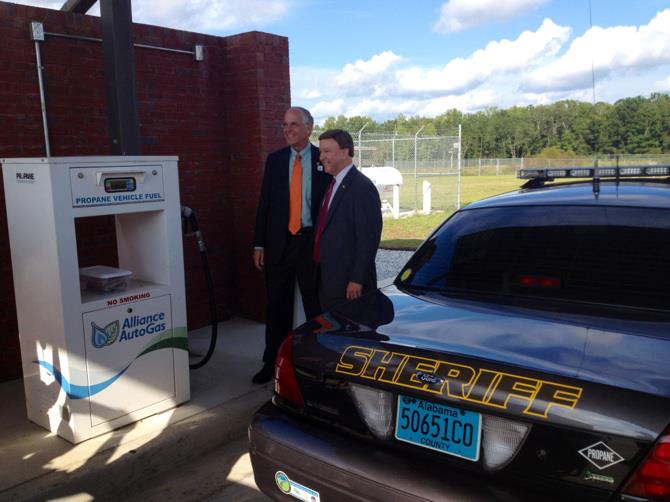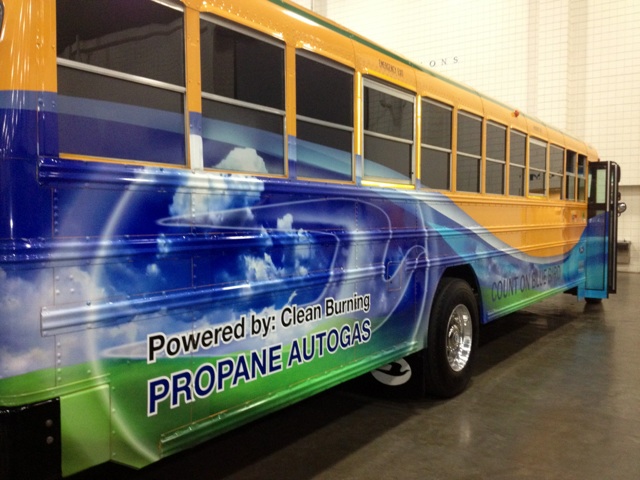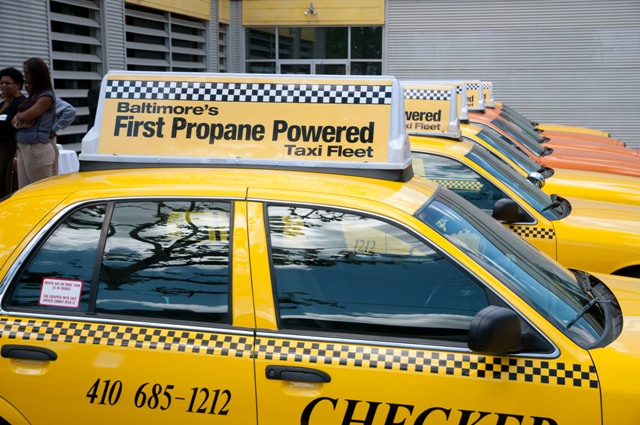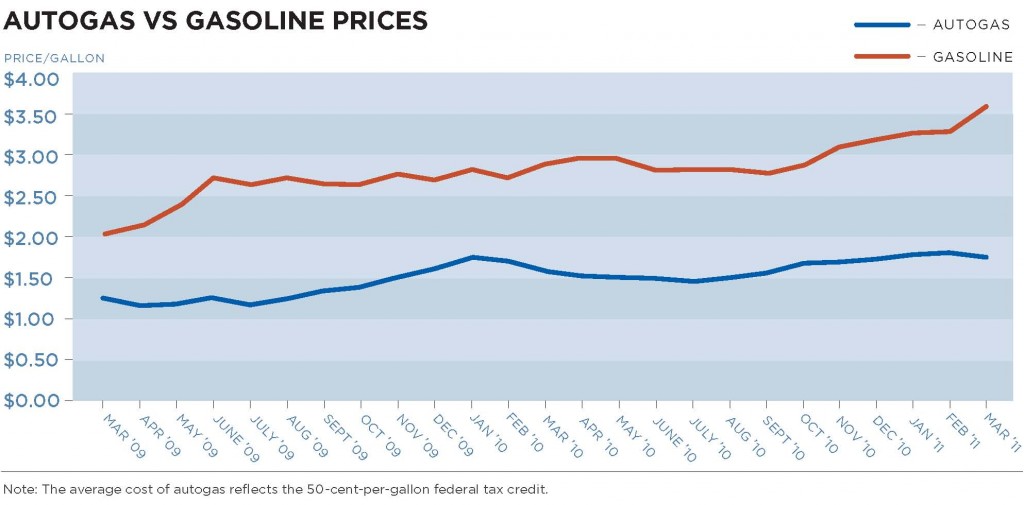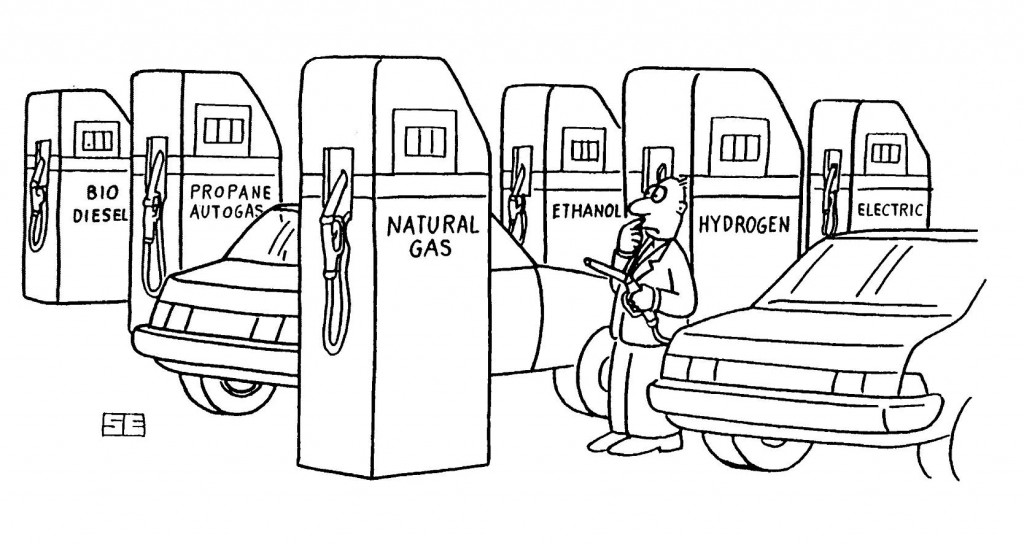The New Year kicked off with good news for alternative fuel fleets: the “fiscal cliff” bill passed by Congress includes the extension of previously expired federal tax credits for alternative fuels and alternative fueling infrastructure. The rebates, which had expired at the end of 2011, have now been extended through 2013 and also made retroactive for the year 2012. Fleets that converted vehicles to clean fuel or installed an alt fuel station last year are in luck, and those that have been thinking about making the switch…read on!
One tax credit allows clean fleets to recoup 50 cents per gge (gasoline gallon equivalent) specifically for the alternative fuels propane autogas (LPG), compressed natural gas (CNG) and liquid natural gas (LNG). The other provides a 30 percent credit on fueling infrastructure for any alternative fuel, on up to $30,000 per facility.
Though propane autogas is already affordable for fleets to implement without federal funding [see our recent post “America’s most cost-effective and practical clean fuel succeeds despite lack of government support”], this is still great news in terms of encouraging the use of domestic alternative fuel in the U.S. transportation sector. Fleets that have already made the transition to clean fuel will recoup enough money to add even more alt fuel vehicles over the next year. For fleet operators that have thought about converting to an alternative fuel but worried about the upfront cost, these tax credits may just be the extra incentive (pardon the pun) they need to take that first step toward greening their vehicles and saving on fuel costs in the long run.
If you’re a fleet operator considering making the switch to alternative fuel in 2013, we encourage you to do your research to decide on the most practical fuel for your fleet. The Alternative Fuel Fact Briefs available on the Autogas for America website provide a side-by-side comparison of propane autogas versus natural gas electric vehicles and gasoline, so you can see how each fuel stacks up in the areas of cost, emissions reduction and overall viability.
Here’s to a greener 2013 for American fleets—happy saving!




